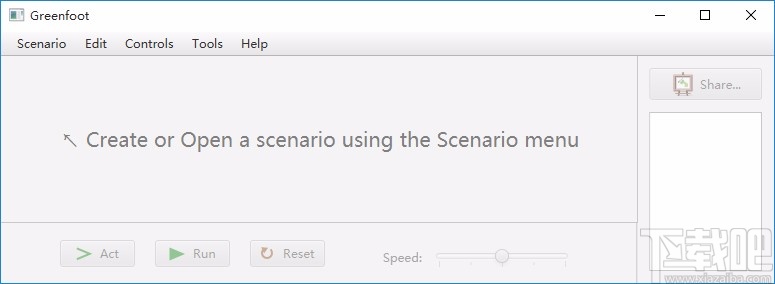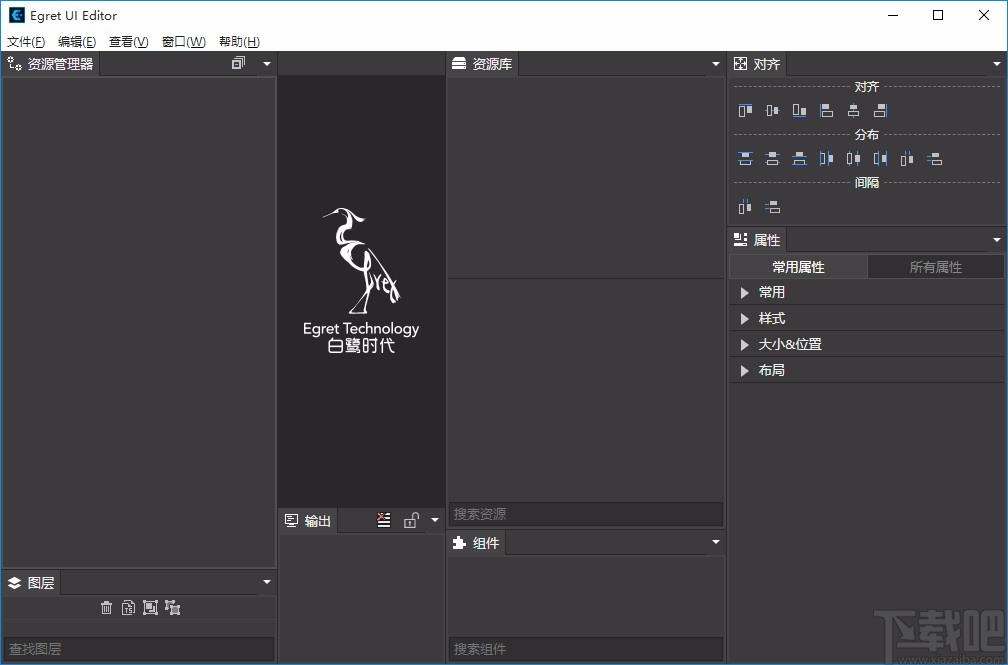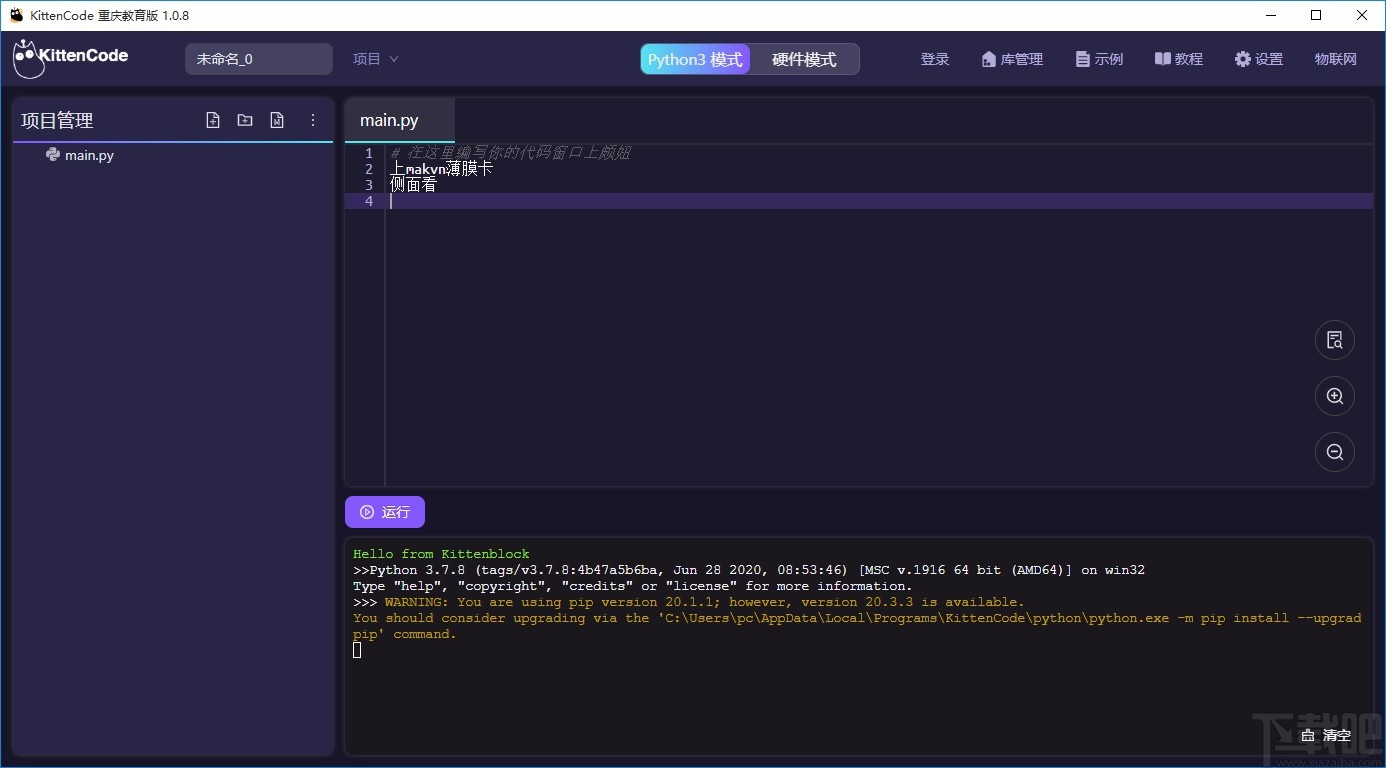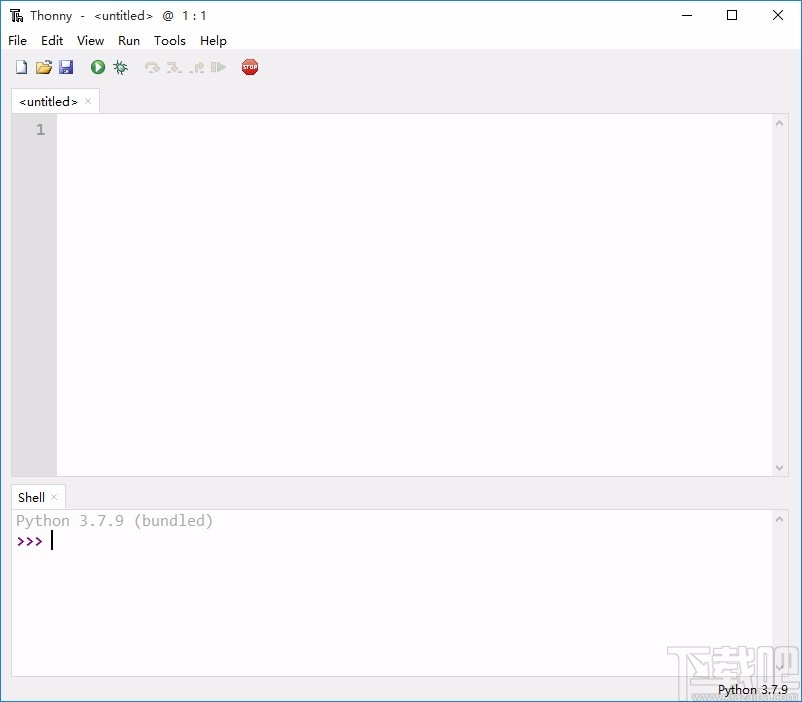Network Working Group T. Small
Request for Comments: 2739 XPertSite.Com
Category: Standards Track D. Hennessy
ISOCOR
F. Dawson
Lotus
January 2000
Calendar Attributes for vCard and LDAP
Status of this Memo
This document specifies an Internet standards track protocol for the
Internet community, and requests discussion and suggestions for
improvements. Please refer to the current edition of the "Internet
Official Protocol Standards" (STD 1) for the standardization state
and status of this protocol. Distribution of this memo is unlimited.
Copyright Notice
Copyright (C) The Internet Society (2000). All Rights Reserved.
Abstract
When scheduling a calendar entity, sUCh as an event, it is a
prerequisite that an organizer has the calendar address of each
attendee that will be invited to the event. Additionally, Access to
an attendee"s current "busy time" provides an a priori indication of
whether the attendee will be free to participate in the event.
In order to meet these challenges, a calendar user agent (CUA) needs
a mechanism to locate (URI) individual user"s calendar and free/busy
time.
This memo defines three mechanisms for oBTaining a URI to a user"s
calendar and free/busy time. These include:
- Manual transfer of the information;
- Personal data exchange using the vCard format; and
- Directory lookup using the LDAP protocol.
Table of Contents
1 CALENDARING AND SCHEDULING URIS...................................3
1.1 FREE/BUSY URI (FBURL) .........................................3
1.2 CALENDAR ACCESS URI (CAPURI) ..................................4
1.3 CALENDAR URI (CALURI) .........................................4
1.4 DEFAULT URIS ..................................................4
2 DISTRIBUTION......................................................4
2.1 MANUAL TRANSFER ...............................................5
2.2 PERSONAL DATA EXCHANGE USING A VCARD ..........................5
2.3 VCARD SCHEMA EXTENSIONS .......................................5
2.3.1 FBURL Property IANA Registration ...........................6
2.3.2 CALADRURI Property IANA Registration .......................7
2.3.3 CAPURI Property IANA Registration ......................... 8
2.3.4 CALURI Property IANA Registration ......................... 8
2.4 DIRECTORY LOOKUP USING THE LDAP V3 PROTOCOL .................. 9
2.4.1 LDAP Schema Extensions .................................... 9
2.4.2 Notation ..................................................10
2.4.3 Object Definitions ........................................10
2.4.3.1 calEntry ..............................................10
2.4.4 Attribute Definitions .....................................10
2.4.4.1 calCalURI .............................................10
2.4.4.2 calFBURL ..............................................10
2.4.4.3 calCAPURI .............................................11
2.4.4.4 calCalAdrURI ..........................................11
2.4.4.5 calOtherCalURIs .......................................11
2.4.4.6 calOtherFBURLs ........................................11
2.4.4.7 calOtherCAPURIs .......................................12
2.4.4.8 calOtherCalAdrURIs ....................................12
3 IANA Considerations..............................................12
4 Security Considerations..........................................12
5 Acknowledgments..................................................13
6 Authors" Addresses...............................................13
7 Bibliography.....................................................15
8 Full Copyright Statement.........................................16
1 Calendaring and Scheduling URIs
This memo defines four classes of URIs. URIs are more useful if it is
understood what the URIs point to. Here is a brief description:
1.1 Free/Busy URI (FBURL)
The free/busy URI is defined to be a transport independent location
where a client can obtain information about when a user is busy. At
the present time, this URI only points to busy time data. Future
revisions of this specification may provide for the extended
capability of publishing free time data.
If a calendaring and scheduling client (i.e., CUA) were to retrieve
data from this location using FTP or HTTP, it would get back an
iCalendar object [4] containing one or more "VFREEBUSY" calendar
components. If a MIME transport is being used, the response will be
contained within a "text/calendar" MIME body part as specified in the
iCalendar specification [4]. For example:
BEGIN:VCALENDAR
VERSION:2.0
PRODID:-//hacksw/handcal//NONSGML v1.0//EN
METHOD:PUBLISH
BEGIN:VFREEBUSY
ATTENDEE:MAILTO:jane_doe@host1.com
DTSTART:19971013T050000Z
DTEND:19971124T050000Z
DTSTAMP:19970901T083000Z
FREEBUSY:19971015T133000Z/19971015T180000Z
FREEBUSY:19971015T190000Z/19971015T220000Z
FBURL:http://www.host.com/calendar/busy/jdoe.ifb
END:VFREEBUSY
END:VCALENDAR
The amount of busy time data pointed to by the FBURL will generally
be pre-determined; for example one month of busy time data. As a
guideline, it is recommended that the previous six weeks of busy time
data be published at the location associated with the FBURL. If this
URI points to a file resource, it is recommended that the file
extension be "ifb" to distinguish it from an arbitrary iCalendar
object (e.g., with the "ics" file extension).
1.2 Calendar Access URI (CAPURI)
The Calendar Access URI is defined to be a protocol independent
location from which a calendaring and scheduling client (i.e., CUA)
can communicate with a user"s entire calendar.
The semantics for using this URI as an access protocol locator are
yet to be defined by the IETF CALSCH Working Group. This will be
addressed in the "Calendar Access Protocol" specification.
1.3 Calendar URI (CALURI)
The Calendar URI is defined to be a protocol independent location
from which a calendaring and scheduling client (i.e. CUA) can
retrieve an entire copy of a user"s calendar. Retrieving data from
this URI obtains a published "snapshot" of the user"s calendar.
HTTP URI -- If the URI is an HTTP URI, then the content returned with
a GET should be a "text/calendar" MIME body part containing one or
more iCalendar object.
FTP URI -- If the URI is an FTP URI, then the resource pointed to
should be a file with an "ics" file extension containing one or more
iCalendar objects.
1.4 Default URIs
There are many cases where a user may have more than one calendar. In
these cases, a user may have multiple URIs, each URI pointing to a
calendar or free/busy data.
To make the case of multiple calendars simpler for clients, the
concept of the "default" calendar is introduced. A "default" calendar
is one that the user has designated as the calendar that other users
should look at when accessing the user"s calendar, or retrieving the
user"s free/busy time.
The default calendar may, in fact, include rolled-up information from
all the user"s other calendars. The other calendars may only exist
for organizational purposes.
2 Distribution
These four URIs provide valuable pointers to calendaring and
scheduling data that other users need in order to know when to
schedule meetings, etc. There are several possibilities on how users
can communicate these URIs to other users. The following section
outlines how these URIs can be distributed to other users.
2.1 Manual Transfer
The simplest way to obtain these URIs is for a user to communicate
the URIs using some out-of-band mechanism such as verbally, or in an
e-mail message, or by printing these URIs on a paper business card.
When using this mechanism, the user obtains these URIs using an out-
of-band mechanism and then enters these URIs into their calendaring
software manually.
2.2 Personal Data Exchange Using A vCard
A more sophisticated way to obtain these URIs is for users to publish
vCards containing these URIs. The vCard object can be transferred
between one another. Since many e-mail clients allow a user to
automatically include a vCard with every message that the user sends,
this provides a simple, transparent way for a user to distribute
their calendaring and scheduling URIs.
On the receiving end, an e-mail client that provides an integrated
vCard database can provide a way to lookup calendaring URIs for users
whose vCards are stored locally.
2.3 vCard Schema Extensions
Since the vCard [3] specification doesn"t specify how to encode
calendaring URIs in a vCard, this section is provided as an extension
to vCard which specifies how to encode calendaring URIs within a
vCard.
Inside a vCard object, four new properties are defined: "CALURI",
"CAPURI", "CALADRURI", and "FBURL", as defined above.
Any vCard can have one or more of these properties, each representing
a calendar or free/busy time that is associated with the user.
One of these properties can be designated as the "default" by adding
the "PREF" parameter.
Here is a simple example of a vCard containing a "FBURL" and a
"CALURI".
BEGIN:VCARD
VERSION:3.0
N:Dun;Alec
FN:Alec Dun
ORG:Microsoft Corporation
ADR;WORK;POSTAL;PARCEL:;;One Microsoft Way;
Redmond;WA;98052-6399;USA
TEL;WORK;MSG:+1-206-936-4544
TEL;WORK;FAX:+1-206-936-7329
EMAIL;INTERNET:user@host1.com
CALADRURI;PREF:mailto:user@host1.com
CALURI;PREF:http://cal.host1.com/user/cal.ics
FBURL;PREF:http://cal.host1.com/user/fb.ifb
CALURI:http://cal.company.com/projectA/pjtA.ics
FBURL:http://cal.company.com/projectA/pjtAfb.ifb
END:VCARD
2.3.1 FBURL Property IANA Registration
To: ietf-mime-directory@imc.org
Subject: Registration of FBURL type for text/directory MIME type
vCard profile.
Type name: FBURL
Type purpose: To specify the URI for a user"s busy time in a vCard
object.
Type encoding: 8bit
Type value: A single URI value.
Type special notes: Where multiple FBURL properties are specified,
the default FBURL property is indicated with the PREF parameter. The
FTP or HTTP type of URI points to an iCalendar object associated with
a snapshot of the last six weeks of the user"s busy time data. If the
iCalendar object is represented as a file or document, it"s file type
should be "ifb".
Intended usage: Refer to section 1.1.
Type examples:
FBURL;PREF:http://www.host1.com/busy/janedoe
FBURL:FTP://ftp.host.com/busy/project-a.ifb
2.3.2 CALADRURI Property IANA Registration
To: ietf-mime-directory@imc.org
Subject: Registration of CALADRURI type for application/directory
MIME type vCard profile.
Type name: CALADRURI
Type purpose: To specify the location to which an event request
should be sent for the user.
Type encoding: 8bit
Type value: A single URI value.
Type special notes: Where multiple CALADRURI properties are
specified, the default CALADRURI property is indicated with the PREF
parameter.
Intended usage: Refer to section 1.2.
Type examples:
CALADRURI;PREF:mailto:janedoe@host.com
2.3.3 CAPURI Property IANA Registration
To: ietf-mime-directory@imc.org
Subject: Registration of CAPURI type for application/directory MIME
type vCard profile.
Type name: CAPURI
Type purpose: To specify a protocol independent location from which a
calendaring and scheduling client (i.e., CUA) can communicate with a
user"s entire calendar.
Type encoding: 8bit
Type value: A single URI value.
Type special notes: Where multiple CAPURI properties are specified,
the default CAPURI property is indicated with the PREF parameter.
Intended usage: Refer to section 1.3.
2.3.4 CALURI Property IANA Registration
To: ietf-mime-directory@imc.org
Subject: Registration of CALURI type for text/directory MIME type
vCard profile.
Type name: CALURI
Type purpose: To specify the URI for a user"s calendar in a vCard
object.
Type encoding: 8bit
Type value type: A single URI value.
Type special notes: Where multiple CALURI properties are specified,
the default CALURI property is indicated with the PREF parameter. The
property should contain a URI pointing to an iCalendar object
associated with a snapshot of the user"s calendar store. If the
iCalendar object is represented as a file or document, it"s file type
should be "ics".
Intended usage: Refer to section 1.4.
Type examples:
CALURI;PREF:http://cal.host1.com/calA
CALURI:ftp://ftp.host1.com/calA.ics
2.4 Directory Lookup Using The LDAP v3 Protocol
Another way to obtain these URIs is to look them up in a directory
using the LDAP protocol [1].
If a user"s URIs can be found using directory lookup (i.e., searching
for one of the LDAP schema extensions defined below), they should, in
general, be considered "more up-to-date" than URIs in any vCards that
are stored locally.
2.4.1 LDAP Schema Extensions
In order to encode the calendaring URIs in the directory, the
following are defined:
- One object class:
- calEntry
- Eight attributes:
- calCalURI
- calFBURL
- calCAPURI
- calCalAdrURI
- calOtherCalURIs
- calOtherFBURLs
- calOtherCAPURIs
- calOtherCalAdrURIs
The calCalURI contains the URI to a snapshot of the user"s entire
default calendar. The calFBURL contains the URI to the user"s default
busy time data. The calCAPURI represents contains a URI that can be
used to communicate with the user"s calendar. The calCalAdrURI
contains a URI that points to the location to which event requests
should be sent for that user.
The calOtherCalURIs is a multi-valued property containing URIs to
snapshots of other calendars that the user may have. The
calOtherFBURLs is a multi-valued property containing URIs to other
free/busy data that the user may have. The calOtherCAPURIs attribute
is a multi-valued property containing URIs to other calendars that
the user may have. The calOtherCalAdrURIs attribute is a multi-valued
property containing URIs to other locations that a user may want
event requests sent to.
There is no predetermined order to the values in either multi-valued
property.
2.4.2 Notation
The notation used in this memo is the same as that used in [2].
2.4.3 Object Definitions
2.4.3.1 calEntry
The Calendar Entry is a class derived from "TOP" [2], which contains
the four calendaring attributes.
(1.2.840.113556.1.5.87
NAME "calEntry"
TOP
AUXILIARY
MAY (calCalURI calFBURL calOtherCalURIs calOtherFBURLs calCAPURI
calOtherCAPURLs)
)
2.4.4 Attribute Definitions
2.4.4.1 calCalURI
(1.2.840.113556.1.4.478
NAME "calCalURI"
EQUALITY caseIgnoreMatch
SUBSTRING caseIgnoreMatch
SYNTAX "IA5String"
USAGE userApplications
)
2.4.4.2 calFBURL
(1.2.840.113556.1.4.479
NAME "calFBURL"
EQUALITY caseIgnoreMatch
SUBSTRING caseIgnoreMatch
SYNTAX "IA5String"
USAGE userApplications
)
2.4.4.3 calCAPURI
(1.2.840.113556.1.4.480
NAME "calCAPURI"
EQUALITY caseIgnoreMatch
SUBSTRING caseIgnoreMatch
SYNTAX "IA5String"
USAGE userApplications
)
2.4.4.4 calCalAdrURI
(1.2.840.113556.1.4.481
NAME "calCalAdrURI"
EQUALITY caseIgnoreMatch
SUBSTRING caseIgnoreMatch
SYNTAX "IA5String"
USAGE userApplications
)
2.4.4.5 calOtherCalURIs
(1.2.840.113556.1.4.482
NAME "calOtherCalURIs"
EQUALITY caseIgnoreMatch
SUBSTRING caseIgnoreMatch
SYNTAX "IA5String"
MULTI-VALUE
USAGE userApplications
)
2.4.4.6 calOtherFBURLs
(1.2.840.113556.1.4.483
NAME "calOtherFBURLs"
EQUALITY caseIgnoreMatch
SUBSTRING caseIgnoreMatch
SYNTAX "IA5String"
MULTI-VALUE
USAGE userApplications
)
2.4.4.7 calOtherCAPURIs
(1.2.840.113556.1.4.484
NAME "calOtherCAPURIs"
EQUALITY caseIgnoreMatch
SUBSTRING caseIgnoreMatch
SYNTAX "IA5String"
MULTI-VALUE
USAGE userApplications
)
2.4.4.8 calOtherCalAdrURIs
(1.2.840.113556.1.4.485
NAME "calOtherCalAdrURIs"
EQUALITY caseIgnoreMatch
SUBSTRING caseIgnoreMatch
SYNTAX "IA5String"
MULTI-VALUE
USAGE userApplications
)
3 IANA Considerations
This memo defines IANA registered extensions to the attributes
defined by LDAP [1] and vCard [3].
IANA registration proposals for vCard are to be emailed to the
registration agent for the "text/directory" MIME content-type,
<MAILTO: ietf-mime-directory@imc.org> using the format defined in
[3].
4 Security Considerations
Standard vCard and LDAP security rules and support apply for the
extensions described in this document, and there are no special
security issues for these extensions.
Please note, though, that LDAP servers may permit anonymous clients
to refresh entries which they did not create. Servers are also
permitted to control a refresh access to an entry by requiring
clients to bind before issuing a RefreshRequest. This will have
implications on the server performance and scalability.
Please also note, though, that vCard objects may have been created by
an entity other than that represented by the vCard. Recipients should
be certain of the source that generated the vCard.
Also, care should be taken in making use of information obtained from
directory servers that has been supplied by client, as it may now be
out of date. In many networks, for example, IP addresses are
automatically assigned when a host connects to the network, and may
be reassigned if that host later disconnects. An IP address obtained
from the directory may no longer be assigned to the host that placed
the address in the directory. This issue is not specific to LDAP or
dynamic directories.
5 Acknowledgments
The authors wish to acknowledge the work of Alec Dun, who acted as an
author for the early drafts of this memo. In addition, this document
received input from the various participants in the IETF CALSCH
Working Group discussions.
6 Authors" Addresses
The following address information is provided in a vCard v3.0 [3],
Electronic Business Card, format.
BEGIN:VCARD
VERSION:3.0
N:Small;Tony
FN:Tony Small
ORG:XpertSite.Com
ADR;TYPE=WORK,POSTAL,PARCEL:;;4700 42nd Ave. SW, Suite 440;
Seattle;WA;98116;USA
TEL;TYPE=WORK,MSG:+1-206-937-9972
TEL;TYPE=WORK,FAX:+1-206-936-7329
EMAIL;TYPE=INTERNET:tony@xpertsite.com
CALADRURI:MAILTO:tony@xpertsite.com
END:VCARD
BEGIN:VCARD
VERSION:3.0
N:Hennessy;Denis
FN:Denis Hennessy
ORG:ISOCOR
ADR;TYPE=WORK,POSTAL,PARCEL:;;42-47 Lower Mount St;
Dublin 2;Ireland
TEL;TYPE=WORK,MSG:+353-1-676-0366
TEL;TYPE=WORK,FAX:+353-1-676-0856
EMAIL;TYPE=INTERNET:denis.hennessy@isocor.com
CALADRURI:MAILTO:denis.hennessy@isocor.com
END:VCARD
BEGIN:VCARD
VERSION:3.0
N:Dawson;Frank
FN:Frank Dawson
ORG:Lotus Development Corporation
ADR;TYPE=WORK,POSTAL,PARCEL:;;6544 Battleford Drive;
Raleigh;NC;27613-3502;USA
TEL;TYPE=WORK,PREF:+1-617-693-8728
TEL;TYPE=WORK,MSG:+1-919-676-9515
TEL;TYPE=FAX:+1-617-693-8728
EMAIL;TYPE=INTERNET,PREF:Frank_Dawson@Lotus.com
EMAIL;TYPE=INTERNET:fdawson@earthlink.net
CALADRURI;TYPE=PREF:MAILTO:Frank_Dawson@Lotus.com
CALADRURI:MAILTO:fdawson@earthlink.net
URL:http://home.earthlink.net/~fdawson
END:VCARD
This memo is a result of the work of the Internet Engineering Task
Force Calendaring and scheduling Working Group. The chairman of that
working group is:
BEGIN:VCARD
VERSION:3.0
N:Egen;Pat
FN:Pat Egen
ORG:Engan Consulting
ADR;TYPE=WORK:;;803 Creek Overlook;Chattanooga;TN;37415;USA
TEL;TYPE=WORK,VOICE:423.875.2652
TEL;TYPE=WORK,FAX:423.875.2017
EMAIL:pregen@egenconsulting.com
URL:http://www.egenconsulting.com
CALADRURI:MAILTO:pregen@egenconsulting.com
END:VCARD
7 Bibliography
[1] Wahl, M., Howes, T. and S. Kille, "Lightweight Directory Access
Protocol (v3)", RFC2251, December 1997.
[2] Wahl, M., Coulbeck, A., Howes, T. and S. Kille, "Lightweight
Directory Access Protocol (v3): Attribute Syntax Definitions",
RFC2252, December 1997.
[3] Dawson, F. and T. Howes, "vCard MIME Directory Profile", RFC
2426, September 1998.
[4] Dawson, F. and D. Stenerson, "Internet Calendaring and Scheduling
Core Object Specification (iCalendar)", RFC2445, November 1997.
[5] Dawson, F. and S. Mansour, "iCalendar Message-Based
Interopability Protocal (iMIP)", RFC2447, November 1997.
8 Full Copyright Statement
Copyright (C) The Internet Society (2000). All Rights Reserved.
This document and translations of it may be copied and furnished to
others, and derivative works that comment on or otherwise explain it
or assist in its implementation may be prepared, copied, published
and distributed, in whole or in part, without restriction of any
kind, provided that the above copyright notice and this paragraph are
included on all such copies and derivative works. However, this
document itself may not be modified in any way, such as by removing
the copyright notice or references to the Internet Society or other
Internet organizations, except as needed for the purpose of
developing Internet standards in which case the procedures for
copyrights defined in the Internet Standards process must be
followed, or as required to translate it into languages other than
English.
The limited permissions granted above are perpetual and will not be
revoked by the Internet Society or its successors or assigns.
This document and the information contained herein is provided on an
"AS IS" basis and THE INTERNET SOCIETY AND THE INTERNET ENGINEERING
TASK FORCE DISCLAIMS ALL WARRANTIES, EXPRESS OR IMPLIED, INCLUDING
BUT NOT LIMITED TO ANY WARRANTY THAT THE USE OF THE INFORMATION
HEREIN WILL NOT INFRINGE ANY RIGHTS OR ANY IMPLIED WARRANTIES OF
MERCHANTABILITY OR FITNESS FOR A PARTICULAR PURPOSE.
Acknowledgement
Funding for the RFCEditor function is currently provided by the
Internet Society.




